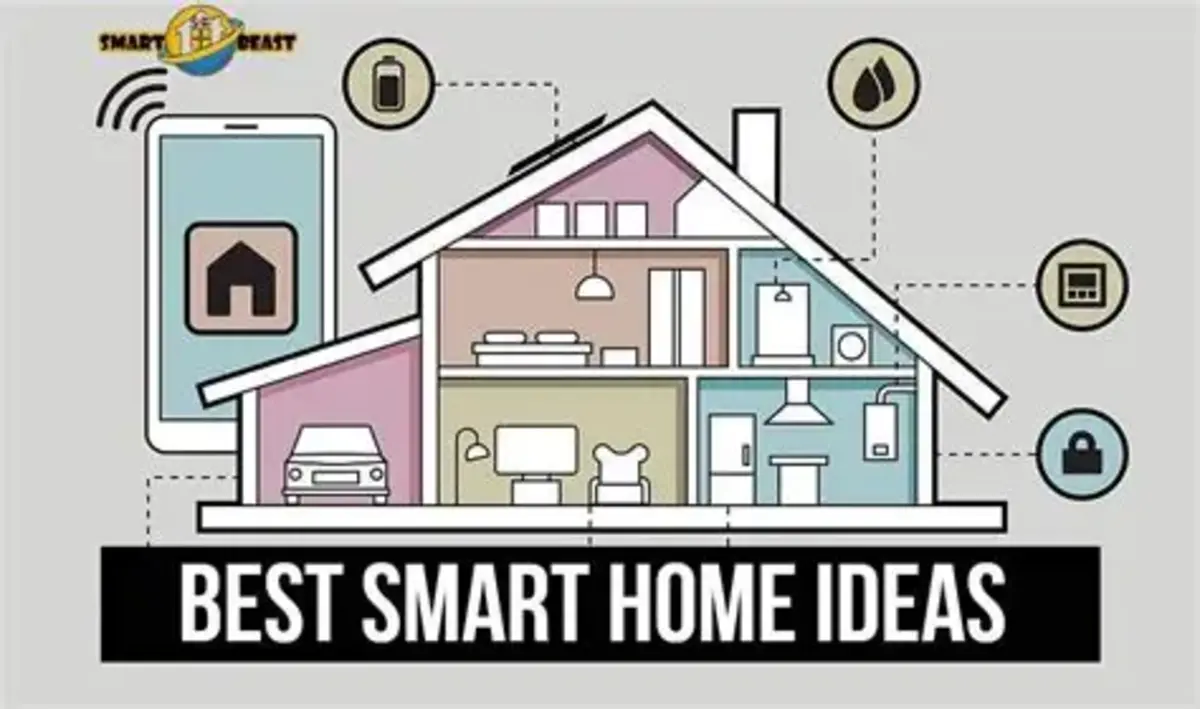5 Smart Home Design Ideas to Help You Stay Put as You Age: With advancing years, the need for a comfortable and safe home environment becomes paramount. Aging in place—remaining in your own home as you get older—relies on thoughtful adaptations and clever home design ideas. With the right modifications, you can keep your independence, reduce the risk of falls, and make daily tasks easier. Below are five smart strategies you can implement now to ensure your living space serves you well for years to come.
Read More: PVC Board Surabaya
1. Create Barrier-Free Entrances and Bathrooms
One of the first steps in aging-friendly home design is eliminating tripping hazards at doorways and in wet areas.
- Replace steps with ramps or gentle slopes at your main entrance and patio doors.
- Install zero-threshold or curbless shower bases so you can walk in without lifting your feet.
- Add grab bars near toilets and in showers to provide support when standing or sitting.
These changes not only prevent falls but also make your home accessible to guests of all ages and mobility levels.
2. Opt for Lever Handles and Easy-To-Use Fixtures
Traditional round doorknobs, faucets, and drawer pulls can be difficult to manipulate if you have limited strength or arthritis. Swapping them out for lever-style handles and touch-activated fixtures is a small upgrade with lasting benefits.
- Choose lever handles on interior and exterior doors for one-handed operation.
- Install single-lever faucets or motion-sensor taps in kitchens and bathrooms.
- Select rocker-style light switches that turn on with a simple push.
These subtle home design ideas reduce strain on joints, simplify everyday tasks, and help you maintain independence.
3. Enhance Lighting and Choose Non-Slip Flooring
Poor visibility and slick surfaces are leading causes of household falls among older adults. A well-lit interior and careful flooring choices go hand in hand to prevent accidents.
– Increase natural light by enlarging windows or swapping heavy draperies for sheer curtains.
– Add layered lighting—overhead fixtures, task lamps, and nightlights in hallways and bathrooms.
– Install non-slip vinyl or textured tile that remains safe when wet.
– Use area rugs with low-pile, non-slip backing or secure them with grippers to avoid trips.
Good visibility combined with secure footing transforms your home into a safer, more welcoming environment.
4. Integrate Smart Home Technology
Modern technology offers tools that can monitor your health, automate routine tasks, and summon help in an emergency. Incorporating smart devices into your home design enhances convenience and peace of mind.
– Smart speakers and voice assistants let you control lights, thermostats, and locks hands-free.
– Sensor-based lighting reduces the risks of nighttime trips to the restroom.
– Wearable fall detectors and medical-alert systems connect you to help at the push of a button.
– Intelligent thermostats adapt to your comfort levels and self-adjust, minimizing manual adjustments.
By equipping your home with integrated tech, you keep essential functions within easy reach and create a connected living space.
5. Design Flexible, Low-Maintenance Living Spaces
As needs evolve over time, flexibility in your home’s layout and furniture selection becomes vital. Designing rooms that adapt to changing mobility and lifestyle keeps your space both practical and stylish.
– Plan an open floor layout that accommodates wheelchairs or walkers without narrow turns.
– Choose furniture with rounded edges and sturdy arms to aid in sitting and rising.
– Incorporate built-in seating, such as window benches or breakfast nooks, that won’t tip or shift.
– Opt for low-maintenance materials—stain-resistant fabrics, easy-clean countertops, and durable finishes.
Adopting these home design ideas means your living areas remain comfortable and functional, whether you’re entertaining grandchildren or simply enjoying a quiet afternoon.
Conclusion
Growing older at home doesn’t demand a complete renovation. By focusing on barrier-free access, user-friendly fixtures, enhanced lighting, smart technology, and flexible layouts, you can transform your house into a safe, supportive haven. These five home design ideas not only protect your well-being but also raise the value and appeal of your home. Start with one or two upgrades—and watch how small, thoughtful changes can make a big difference in maintaining independence and quality of life for years to come.
